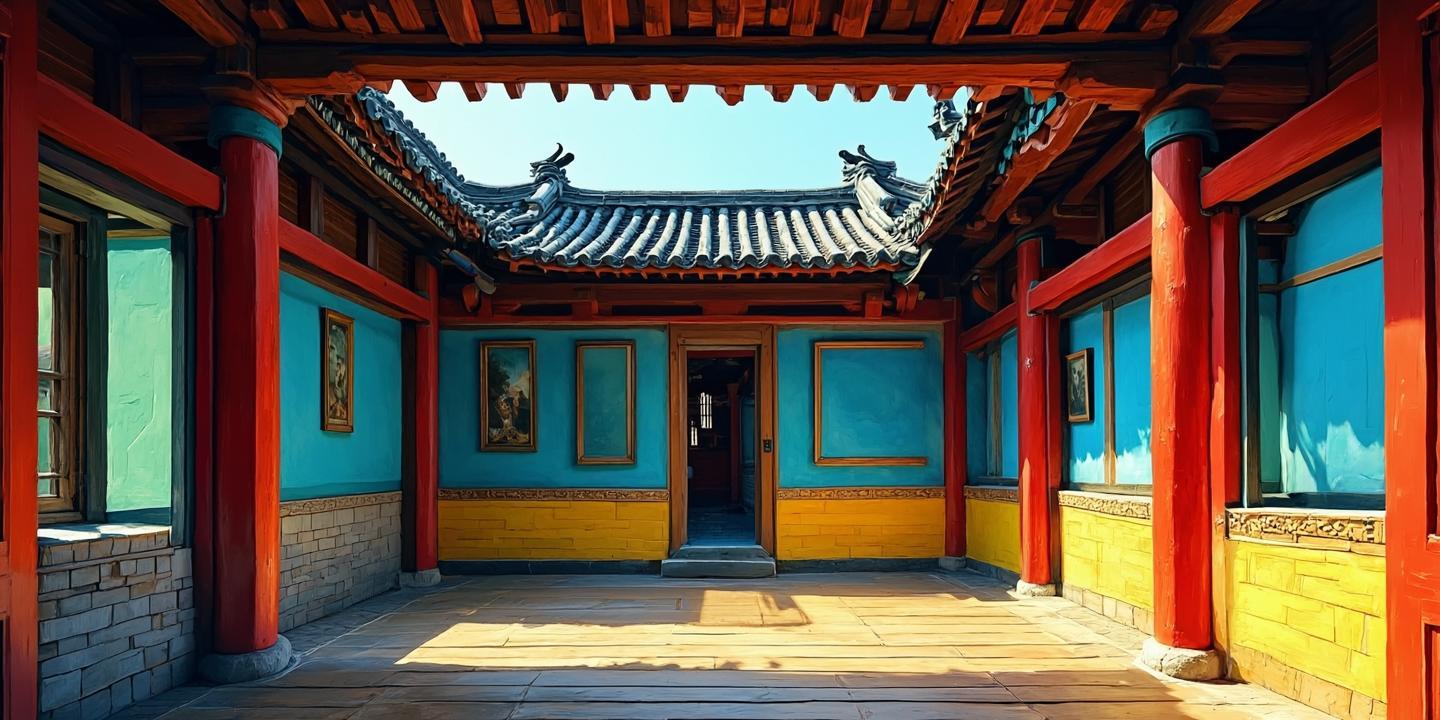发布时间2025-03-30 04:39

Knife a simple yet profound tool, has played a significant role in human history and culture. From the earliest stone tools to the sophisticated modern cutlery, knives have been indispensable in various aspects of life, including cooking, hunting, warfare, and even art. This article delves into 10 fascinating cultural and historical aspects of knives, shedding light on their evolution, symbolism, and diverse uses across different societies.
The journey of knives began with rudimentary stone tools crafted by early humans. These primitive knives were essential for survival, used for cutting meat, scraping hides, and other daily tasks. Over millennia, the materials and craftsmanship evolved, leading to the development of bronze and iron knives in ancient civilizations. The advent of steel marked a significant leap, offering unparalleled durability and sharpness, which revolutionized both domestic and military applications.
Knives have often been imbued with mystical and symbolic meanings in various cultures. In Norse mythology, the god Freyr wielded a magical sword that could fight on its own, symbolizing power and protection. Similarly, in Japanese folklore, the legendary sword Kusanagi-no-Tsurugi is revered as a sacred weapon, embodying divine authority. These stories highlight the knife’s role not just as a tool, but as a potent symbol of strength and heroism.
In the culinary world, knives are indispensable. The Japanese chef’s knife (Gyuto) and the French chef’s knife are iconic examples, each designed for specific tasks. The precision and balance of these knives reflect the artistry and expertise of their makers. Japanese knives, often hand-forged with high-carbon steel, are renowned for their sharpness and durability, making them a favorite among professional chefs.
Throughout history, knives have been crucial weapons in warfare. The Roman gladius, a short sword, was a formidable weapon in close combat. During the Middle Ages, daggers were commonly used by knights and soldiers for both offense and defense. In more recent times, the bayonet, a knife attached to the end of a rifle, became a standard infantry weapon, illustrating the knife’s enduring role in military strategy.
Knife making is an ancient craft that has been passed down through generations. Damascus steel, known for its distinctive wavy patterns, is a testament to the skill and artistry of traditional blacksmiths. In Japan, the process of making a samurai sword is a highly ritualized and revered art form, involving multiple stages of forging, folding, and tempering. This craftsmanship not only produces functional tools but also works of art that are cherished by collectors.
Knives have played significant roles in various rituals and ceremonies across cultures. In African tribal societies, knives are often used in initiation rites, symbolizing the transition from childhood to adulthood. In Christianity, the knife has been used in religious ceremonies, such as the consecration of bread during the Eucharist. These practices underscore the knife’s symbolic importance in marking significant life events and spiritual milestones.
In literature and film, knives often carry deep symbolic meanings. In William Shakespeare’s “Macbeth”, the dagger that Macbeth envisions represents his inner turmoil and ambition. In modern cinema, knives are frequently used as symbols of danger, power, and conflict. The Bowie knife, with its distinctive design, has become an iconic weapon in Western films, embodying the rugged individualism of frontier life.
Beyond their specialized uses, knives are essential tools in everyday life. From opening packages to preparing food, their utility is unmatched. Swiss Army knives, with their multifunctional design, epitomize this versatility, offering a range of tools in a compact form. This practicality has made knives a staple in households, outdoor adventures, and emergency situations.
Different cultures have unique relationships with knives. In Scandinavia, the puukko knife is a traditional tool and symbol of craftsmanship, often passed down through generations. In India, the kirpan is a ceremonial dagger worn by Sikhs, representing their commitment to justice and self-defense. These cultural variations highlight the knife’s adaptability and significance across diverse societies.
For many enthusiasts, knives are more than just tools; they are collectibles and art pieces. Custom knives, crafted by skilled artisans, are highly sought after for their unique designs and craftsmanship. The ABS (American Bladesmith Society) promotes the art of knife making, recognizing master smiths who create exceptional blades. These knives are often displayed as prized possessions, reflecting the owner’s appreciation for the artistry and history of knife making.
In conclusion, the knife is a multifaceted tool that has shaped human history and culture in profound ways. From its humble beginnings as a stone tool to its status as a revered art form, the knife’s journey is a testament to human ingenuity and creativity. Its symbolic meanings, practical uses, and cultural significance continue to evolve, ensuring that the knife remains an enduring and fascinating aspect of our lives.
猜你喜欢:音标
更多少儿英语